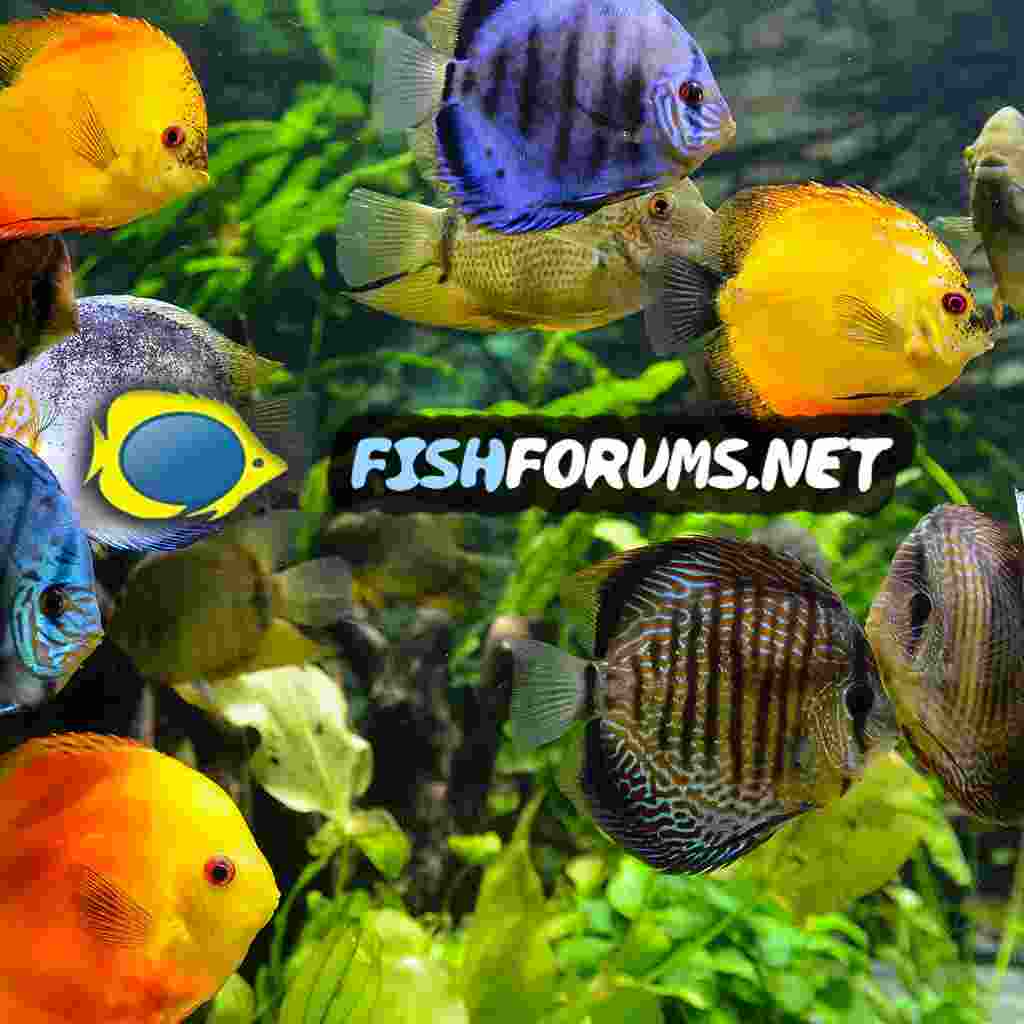In one of my tanks, I had (among the other fish, a combination of mollies, guppies, angels, and zebra glofish, and a golden Chinese algae eater), two white mollies - a male and a female - which I purchased together and have always swam together in the tank.
The tank is overstocked for its size, but the parameters are all normal
7.2pH
<0.1 ammonia (the API test kit does not quite show the bright yellow it should, but comes nowhere near the color of the next marking)
0 nitrite
<10ppm nitrate
8' GH
6' KH
79'F
I clean the tank and do 30-50% water change weekly
Last week, the male molly died, fairly suddenly. Ever since, the female has been swimming with clenched fins.
Could this be a sign of disease (all the other fish seem fine), or could this be something "emotional"?
The tank is overstocked for its size, but the parameters are all normal
7.2pH
<0.1 ammonia (the API test kit does not quite show the bright yellow it should, but comes nowhere near the color of the next marking)
0 nitrite
<10ppm nitrate
8' GH
6' KH
79'F
I clean the tank and do 30-50% water change weekly
Last week, the male molly died, fairly suddenly. Ever since, the female has been swimming with clenched fins.
Could this be a sign of disease (all the other fish seem fine), or could this be something "emotional"?



